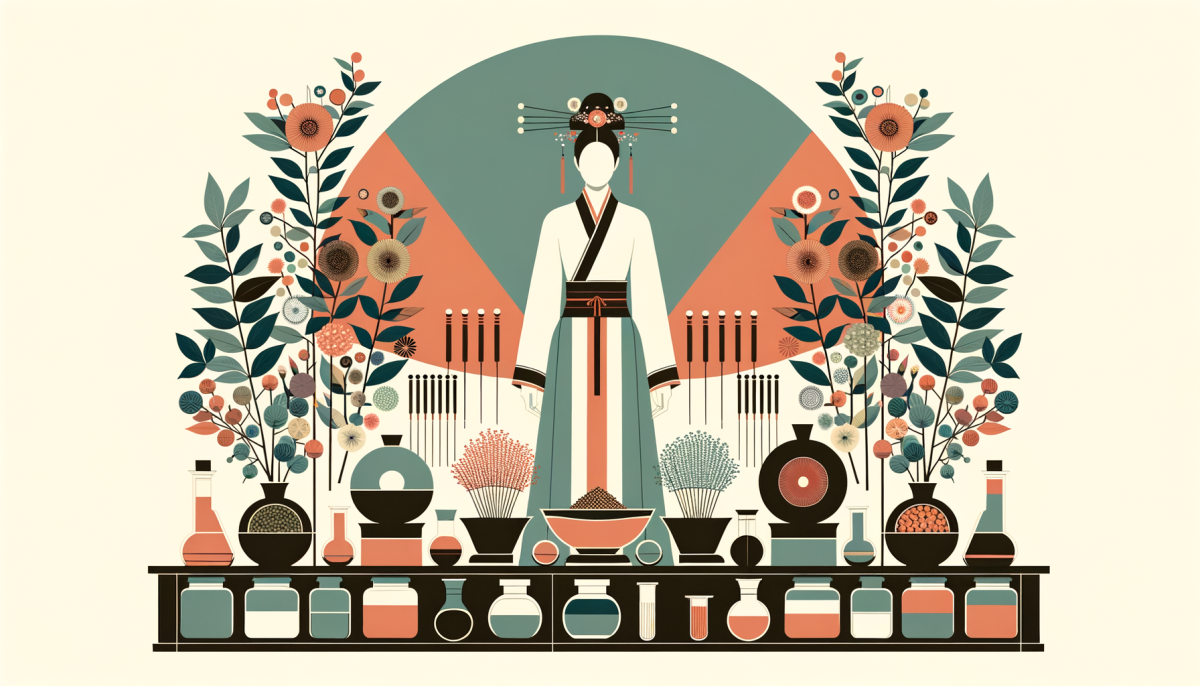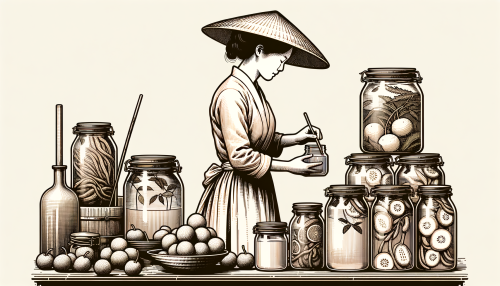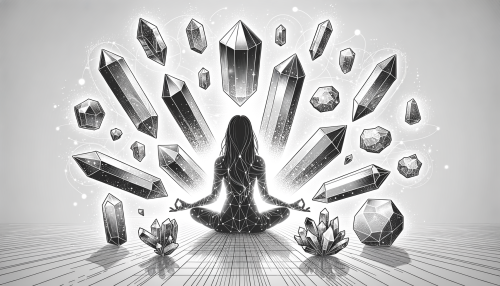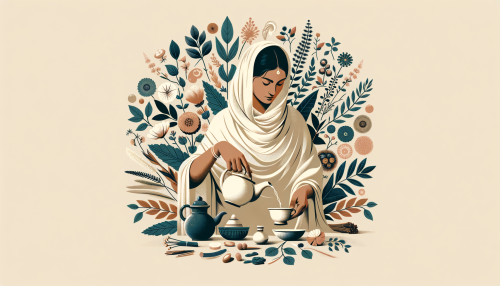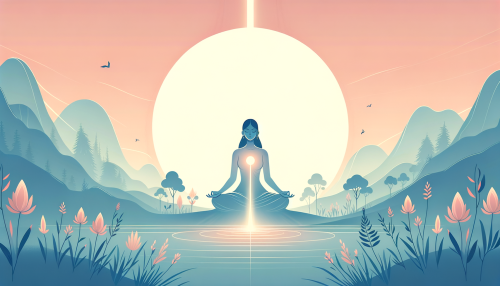Introduction
Traditional Chinese Medicine (TCM) is a profound pathway to create the life you truly want to live, the life you were born to live. It’s a timeless bridge that can initiate and support change and growth in any and every life dimension: physical, mental, emotional, and spiritual. An ancient, yet modern, science, TCM is about becoming the most vibrant and whole person you can be.
Fundamental Concepts
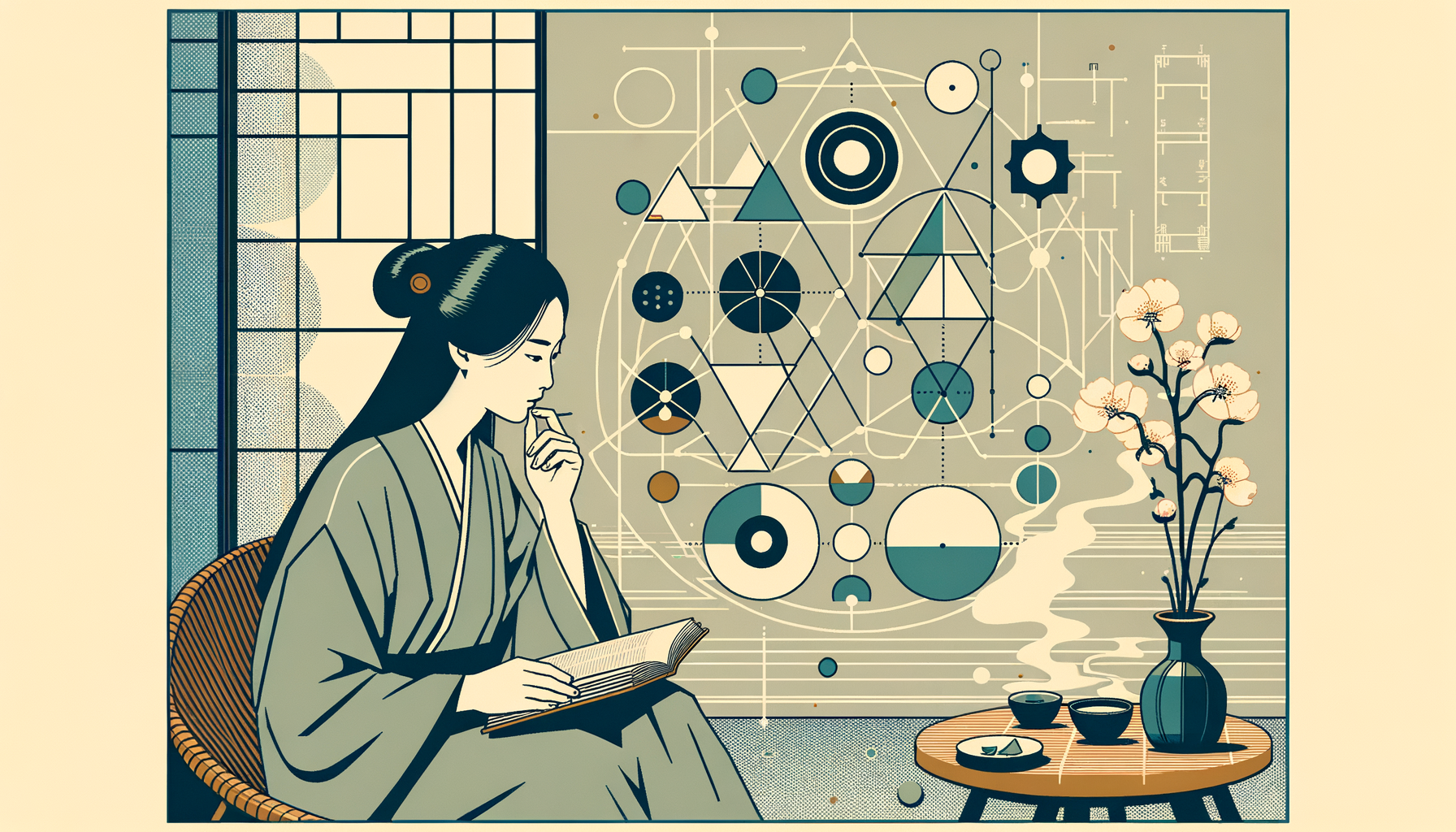
At the heart of TCM are the fundamental concepts that have been honed over thousands of years of observation, contemplation, and practice. These principles, such as Yin and Yang, Qi, and the Five Elements, provide a framework for understanding, diagnosing, and treating health conditions.
The concept of Yin and Yang, for instance, is a kind of lens through which the complexities of the human body can be viewed. Yin and Yang are opposing yet complementary forces that can be seen in all aspects of life and the universe. In the context of the human body, Yin could be thought of as the physical form, while Yang represents the energy or functionality of the body.
Qi, or life force, is another fundamental concept in TCM. It is the vital energy that circulates through the body, performing multiple functions to maintain good health. The balance and flow of Qi is considered essential for health and wellbeing in TCM.
The Five Elements theory is another cornerstone of TCM. It posits that all phenomena in the universe, including the human body, can be divided into five fundamental categories: Wood, Fire, Earth, Metal, and Water. These elements are used to explain the structure, function, and interrelationships of various systems within the body.
Therapeutic Techniques
TCM employs a variety of therapeutic techniques, including acupuncture, moxibustion, Chinese herbal medicine, Tui Na (Chinese therapeutic massage), dietary therapy, and Tai Chi and Qi Gong (practices that combine specific movements or postures, coordinated breathing, and mental focus).
Acupuncture and moxibustion are perhaps the most well-known TCM techniques. Acupuncture involves the insertion of fine needles into specific points on the body to stimulate and balance the flow of Qi. Moxibustion involves the burning of a herb called moxa, either directly on the skin or indirectly above the skin over specific acupuncture points, to warm and invigorate the flow of Qi in the body and dispel certain pathogenic influences.
Chinese herbal medicine is another key component of TCM. It involves the use of natural plants and minerals to restore balance in the body. The herbs are typically used in combination and prepared as decoctions, powders, pills, tinctures, or syrups.
Herbal Medicine Practices
In TCM, herbal medicine is considered a powerful modality to address various health conditions. The practice of Chinese herbal medicine is not simply about curing illness, but about enhancing wellbeing and disease prevention.
In the practice of Chinese herbal medicine, herbs are often combined into formulas that are designed to address both the symptom and the underlying patterns of imbalance. These formulas can be modified over time as the condition changes and improves.
The preparation and administration of these herbal formulas require a deep understanding of the properties of each herb, as well as the complex interactions between different herbs. The herbs are typically boiled together to make a tea or decoction. Some herbs may also be used in their raw form, or processed through frying, steaming, or soaking to enhance their properties.
Conclusion
In conclusion, Traditional Chinese Medicine is a rich, holistic and deeply insightful system of health and wellness. Its principles and practices offer a way to understand ourselves better and to live more harmoniously with nature. Whether through acupuncture, herbal medicine, or the philosophical principles that guide its application, TCM offers a unique and powerful approach to health and disease.

